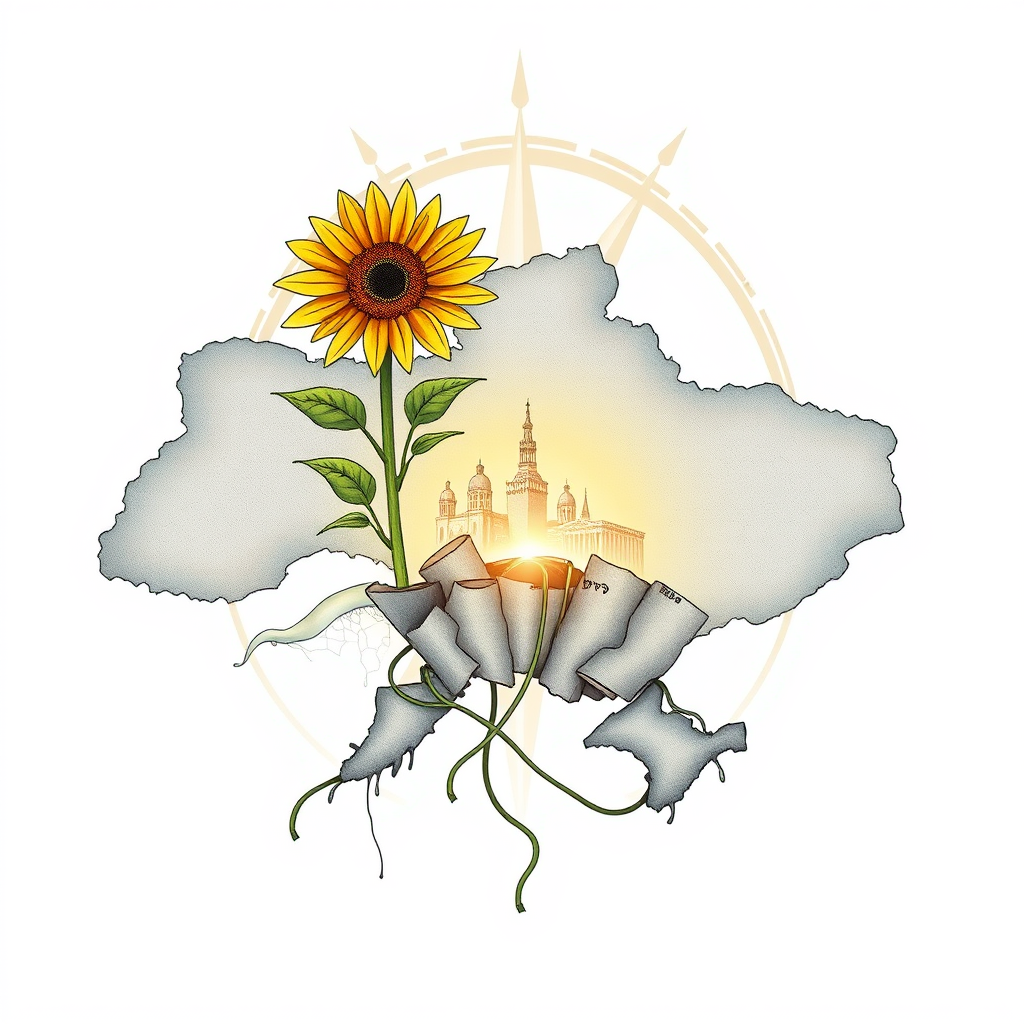Ukraine War Diary An American’s Kyiv Story

Kyiv, Ukraine – A veteran national security professional’s firsthand account from Kyiv paints a stark picture of a nation at war, grappling with immense loss, and forging a resilient identity. The author, detailing observations from the past year, moves beyond battlefield statistics to explore the cultural and strategic dimensions of the conflict, offering a nuanced perspective on the war’s impact and potential trajectory.
The narrative begins with a sobering assessment of the human cost – an estimated combined military and civilian death toll exceeding one million since Russia’s initial aggression in 2014, escalating dramatically after the full-scale invasion in 2022. This isn’t simply a regional conflict, the author argues, but a large-scale European land war with global implications, demanding a resolution in the interest of international stability.
Beyond the immediate bloodshed, the author highlights a critical, often overlooked element: Ukrainian culture as a powerful instrument of national resistance. This manifests in tangible ways – renaming streets, promoting the Ukrainian language, and asserting independence from the Russian Orthodox Church – demonstrating a conscious effort to redefine national identity and sever ties with Russia’s historical influence. This cultural defiance, the author contends, is not merely symbolic but a fundamental source of Ukrainian strength and resolve.
The author details the complexities of the current diplomatic efforts, noting a potential, albeit fragile, consensus forming between the U.S., Ukraine, and Western European nations regarding a ceasefire. However, the path to a lasting peace remains fraught with challenges, as Russia insists on addressing “root causes” of the conflict before any cessation of hostilities.
The account also offers insight into the shifting dynamics of the conflict, noting the Trump administration’s unconventional approach to negotiations. While acknowledging the complexities, the author suggests a potential for a ceasefire, though a comprehensive peace agreement remains elusive.
A key takeaway is the author’s assertion that Ukraine’s national security strategy prioritizes the well-being and dignity of its citizens above all else. This commitment, coupled with the nation’s cultural resilience, underscores the depth of Ukraine’s determination to defend its sovereignty and forge its own future.
The author concludes that Ukraine’s position at the crossroads of East and West – historically and geographically – is not a weakness but a source of strength. This unique position, coupled with a growing sense of national identity, is driving Ukraine’s resistance and shaping its vision for a secure and independent future. The account serves as a powerful reminder that the conflict in Ukraine is not simply a geopolitical struggle, but a battle for national identity, cultural survival, and the fundamental values of human dignity.